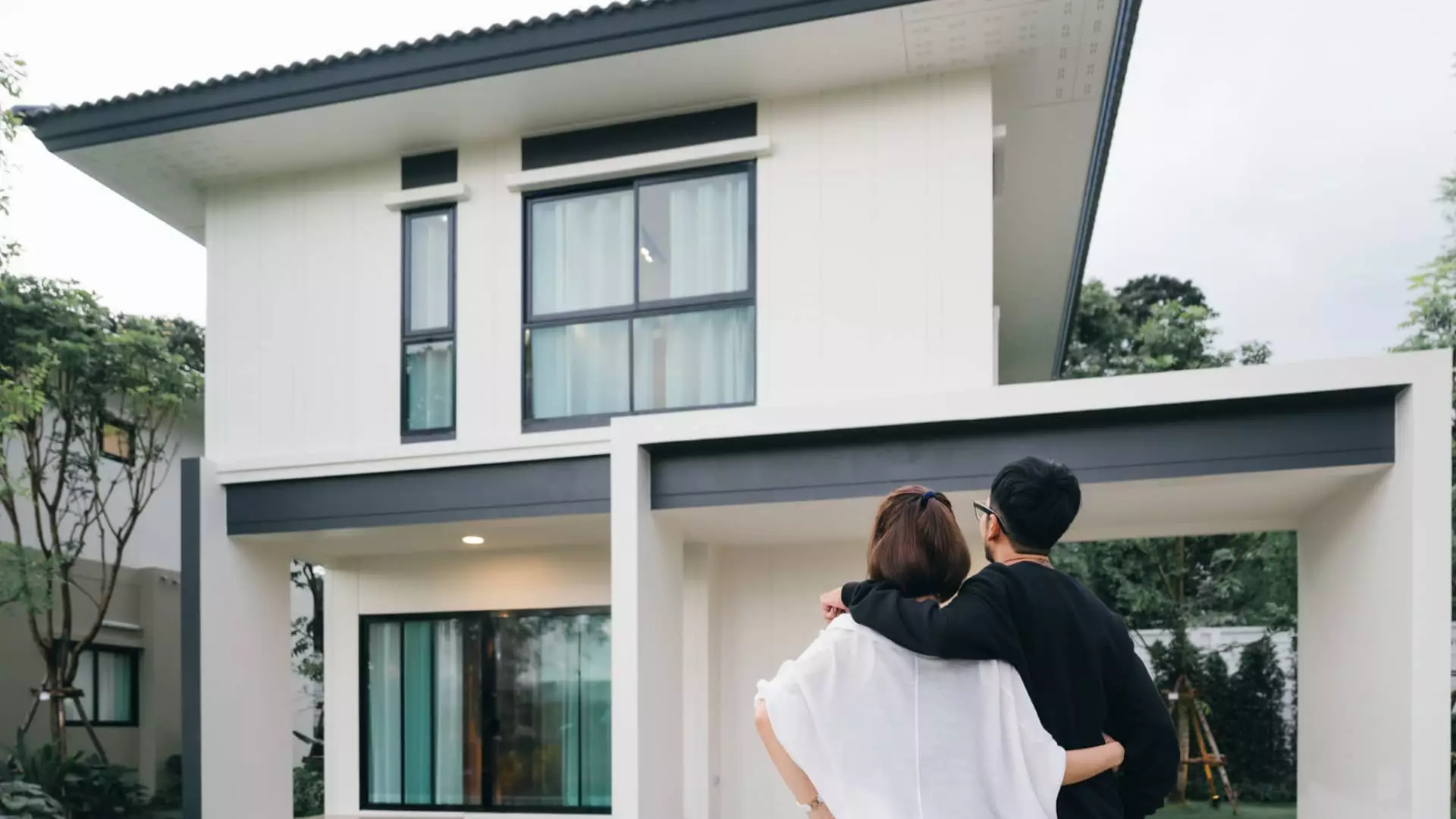The journey to owning a home is often fraught with challenges, not least of which is gathering a substantial down payment. For many, this process can vary enormously depending on geographic location and individual circumstances. An analysis conducted by RealtyHop highlights the significant disparities in the time required to save for a 20% down payment across the largest cities in the United States.
RealtyHop’s report reveals that potential homebuyers in less expensive markets, like Detroit, can achieve homeownership relatively quickly. For example, a typical buyer earning the median household income in Detroit can save the necessary $20,000 for a home priced at $100,000 in just 2.53 years. In stark contrast, individuals looking to buy a home in high-cost areas such as New York City might face a daunting 10.85 years of saving, accumulating $173,000 for a median-priced home costing $865,000. This substantial difference underscores how specific market conditions can influence a buyer’s journey to ownership.
Furthermore, RealtyHop’s methodology incorporated data from over 1.5 million residential listings, coupled with median household income data, to create a more comprehensive view of the “barriers to homeownership” nationwide. Potential buyers must not only consider the median list prices but also how their income interacts with these costs.
The Impact of Family Dynamics on Saving
An intriguing aspect of the home-buying narrative involves the influence of family responsibilities on savings timelines. Research published by Zoocasa indicates that homebuyers with children typically struggle more than their childless counterparts to amass a down payment. This is largely due to recurring expenses associated with raising children, such as childcare costs, which can slow down the saving process dramatically. In Detroit, homebuyers with children might find themselves facing an overwhelming 20.3 years to save for a down payment while their counterparts without kids take merely 4.2 years. Such differences illustrate how family obligations can complicate financial planning.
Rising home prices add a layer of complexity to the already challenging environment of homeownership. As observed by economist Jacob Channel from LendingTree, prospective buyers in regions with expensive real estate must be prepared to extend their savings period further. In Los Angeles, for instance, where the median list price is approximately $1.13 million, individuals aiming for a typical 20% down payment would need to save an estimated $1,339 monthly for about 14.10 years.
The staggering prices in such markets highlight the real challenge facing potential buyers. Not only do they need to accumulate larger down payments, but they must also manage heightened expectations concerning monthly mortgage payments and living expenses. Consequently, affordability becomes more than just a number; it represents a significant emotional and financial commitment.
Despite the conventional wisdom that a straightforward 20% down payment is ideal, the reality for many first-time buyers is that alternative financial solutions are often necessary. Data shows that the average down payment hovers around 14.5%, with various financing programs offering options that require as little as 3.5% down, or even no down payment at all in the case of VA and USDA loans. These programs, designed to alleviate the burden of collecting large sums of money upfront, can help expedite the path to homeownership.
It is essential, however, to be mindful of the trade-offs associated with lower down payments. Smaller initial payments lead to larger loans and higher monthly payments, and buyers may need to secure private mortgage insurance (PMI) if their down payment falls below 20%. This additional expense compounds the financial pressure and should be factored into any long-term home-buying plans.
To navigate the complexities of saving for a home, prospective buyers should develop a tailored financial strategy. This involves comprehensively assessing monthly income, expenditures, and potential areas for savings. Homebuyers must cultivate a budget that allows for focused savings without sacrificing quality of life. As regional vice president Melissa Cohn suggests, it is important to understand the specific housing market dynamics and average closing costs, which can range between 2% to 6% of the loan amount, to set realistic savings goals.
Ultimately, the path to homeownership is unique for every individual, shaped by personal circumstances, regional market dynamics, and available financing options. By taking the time to understand these factors, prospective buyers can better position themselves for success on their journey to owning a home. The key, as many financial experts advise, is to proceed at a pace that aligns with both financial capability and personal readiness, allowing for a thoughtful transition into homeownership.

